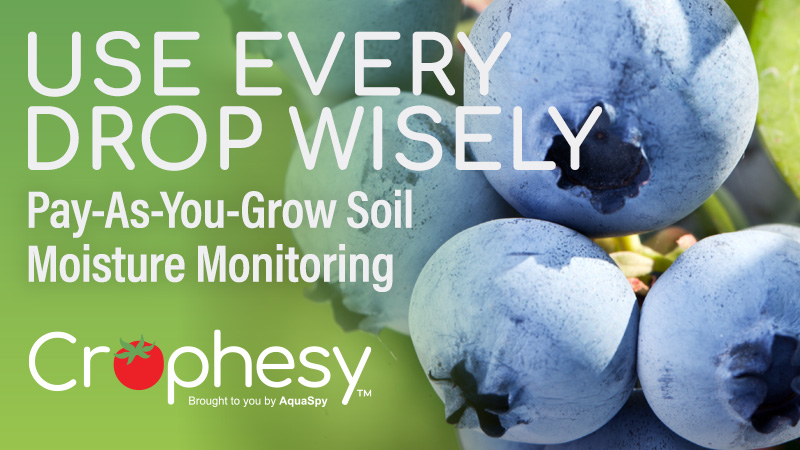Technology is Calling for Your Farm Equipment
Specialty crop growers have been accused of being slow to adopt the latest precision agriculture technology, but growers have their reasons. First, most growers are skeptics, which probably comes from dealing with large numbers of sales folks eager to get inside your wallets. Fruit growers, at least those who farm orchards and vineyards, are perhaps even slower to jump aboard, what with your need to take the long view.
It generally serves you well.
But there’s another factor at work. As I noted previously in this space, it’s not so much a reluctance to embrace technology as it is to wonder what to do when equipment breaks down. When a single piece of equipment costs several hundred thousand dollars, and no one on the farm is capable of fixing it, that’s definitely cause for concern.
In that previous column, I noted an innovative company had seized upon these concerns — not just among growers, but businesspeople of all stripes — and priced their robots as if they were people. Instead of buying or leasing the machines, the company’s clients would pay for the robots by the hour, just as if they were employees. Among other advantages, these “employees” never go home, and just keep on working. If there is a problem, the robotics company just brings out a new one.
I couldn’t help think of that a few weeks ago when I attended Internet of Things (IoT) World in Silicon Valley. Incidentally, because I share your skepticism, I need to note right off the bat that IoT is about a lot more than smart appliances. In other words, you’re not the only one who’s wondered about the value of enabling one’s refrigerator to communicate with the outside world.
There are many more applications, such as with medical devices, where the benefits are obvious — and enormous. One application, I discovered there at IoT World, was in agriculture.
Besides manufacturing power tools, Stanley Black & Decker produces an absolute monster piece of heavy equipment that would dwarf a Caterpillar D-9. It’s an excavator, and one of the company’s engineers said the downtime for such a unit is $2,000 an hour.
Right then all I could think about were all the fruit growers I’ve talked to who said they’d worry about expensive high-tech heavy equipment breaking down. Turns out they had a pretty good point.
The engineer said enabling IoT on these units can provide many advantages, including productivity tracking, machine optimization, and predictive analytics, but the one that would have been of most interest to large fruit growers would be remote diagnostics.
For example, say the unit senses extremely high hydraulic temperatures. It would automatically send an alert to a technician. The technician then reviews the data and calls you about how to fix it — before you were even aware you had a problem, much less a potential breakdown in, say, the middle of harvest.
“I can jump on the web portal and immediately diagnose it,” the engineer said. “It’s powerful stuff.”
Getting a machine harvester back up and running in the middle of harvest? Powerful stuff indeed. IoT is going to be a huge boon to precision agriculture, if nothing else potentially providing growers with peace of mind.









